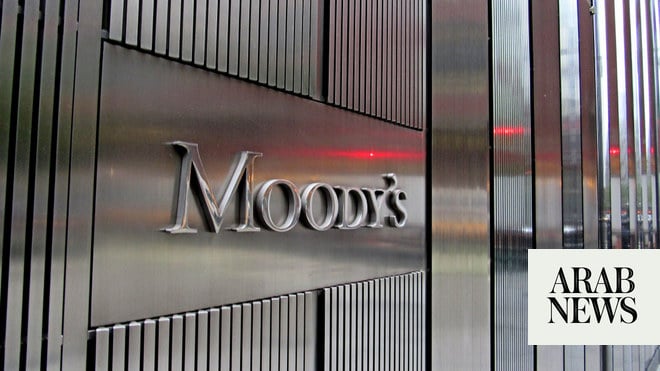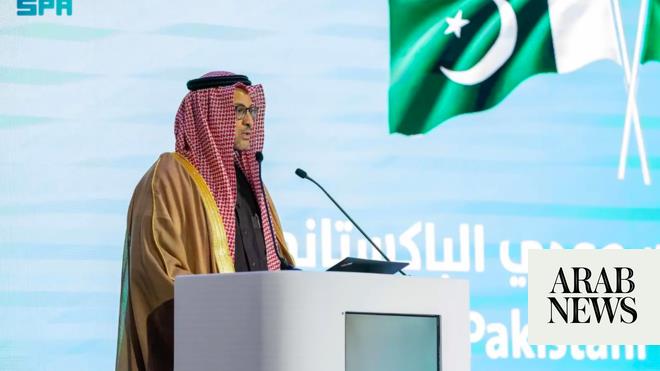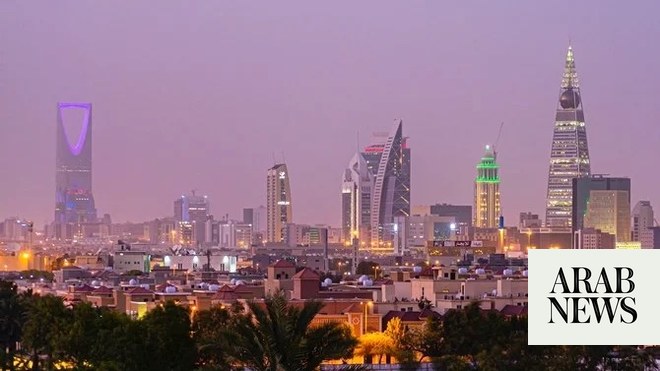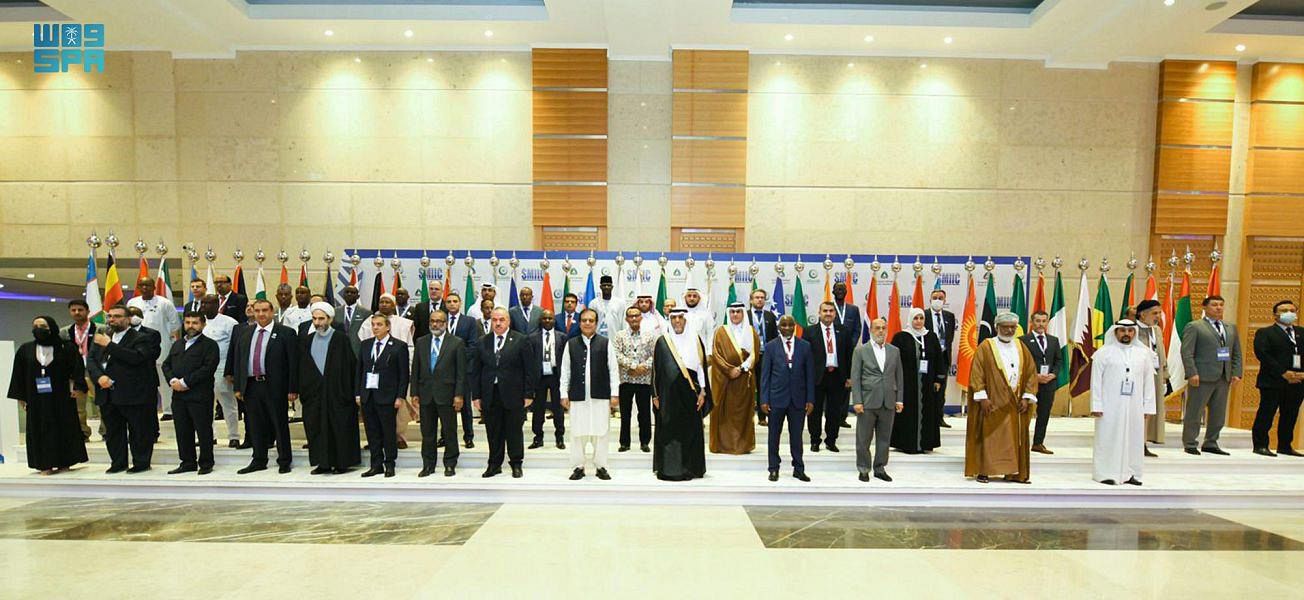
RIYADH: Saudi Arabia is on track to expand public spending in 2023 by a total of 9 percent in 2023 as other countries in the Gulf Corporation Council region tighten their belts, according to Badis Shubailat, an analyst at American credit firm Moody’s.
His comments came as the company released a report highlighting that the GCC banks are set to secure a solid financial performance in 2023 amid continued economic growth as well as average domestic inflation and higher rates; therefore, driving a stable outlook.
“Strong business and consumer confidence in the GCC will keep loan demand high, despite rising interest rates. For 2023, we expect credit growth in high-single digits across the region. All Gulf countries bar Saudi Arabia are keeping public spending tightly controlled,” said Shubailat.
The report further outlines Saudi Arabia’s Vision 2030 economic diversification plan, which includes an overabundance of real-estate and infrastructure megaprojects such as NEOM, and the Red Sea Project.
These megaprojects are boosting corporate credit demand in the Kingdom.
Another economic driver in Saudi Arabia is the government’s plan to achieve a 70 percent home ownership rate – a goal that will help in supporting retail mortgage credit growth in the Gulf country across 2023, the report revealed.
As Saudi banks are tight on funding, the report also cautions that unless lending activity in the Kingdom is met by diversified funding sources or continued timely liquidity assistance intervention from the central bank, it will risk slowing down.
Moving on to other countries, the report suggests that a liquified natural gas expansion project in Qatar – referred to as North Field – is on track to untap new business opportunities for Qatari banks.
In addition to this, the expansion project is also projected to raise the Gulf country’s LNG capacity by 64 percent by 2027, the report disclosed.
Saudi Arabia, Bahrain, and the UAE also have plans in their pipelines for oil production expansion.
Meanwhile, the report delineated that Islamic banks are set to benefit from the rising rate cycle since they “focus on higher-yielding household lending and have near-zero deposit costs”.












